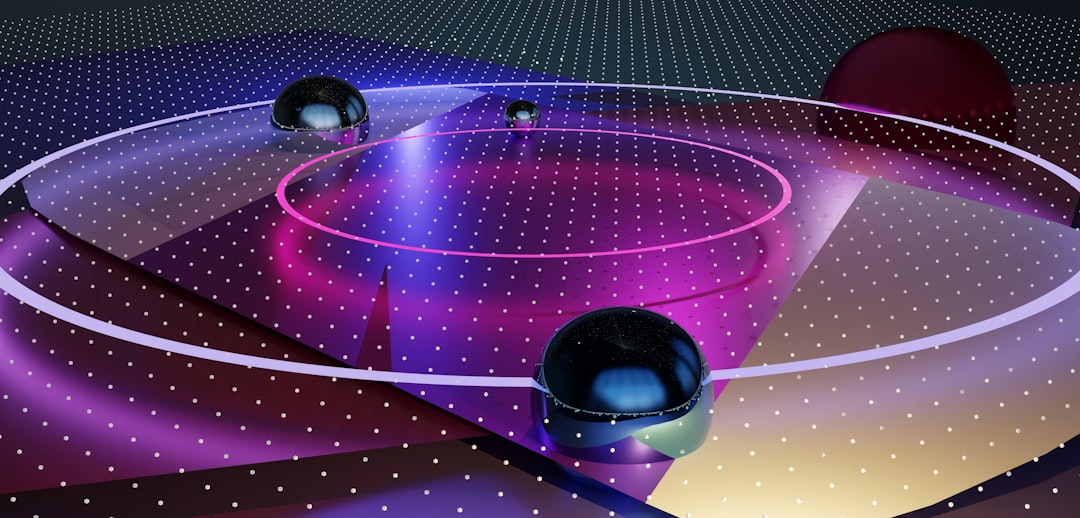What is it about?
Inspired from linear traveling wave ultrasonic motors, a dual piezoelectric beam robot is presented. It consists of an aluminum beam structure, with two non collocated piezoelectric patches bonded on its surface.
Featured Image
Why is it important?
The aim of this article is to study the effect of the piezoelectric patches’ positions on the performance of the robot. For a given robot dimension, a finite element model developed in a previous work for the robot structure is verified experimentally here and then used to determine the optimal piezoelectric patches’ position. It has been found that locating the piezoelectric patches near the ends of the beam will lead to best performance, and that the traveling wave is mainly generated between the two patches.
Perspectives
Two prototypes have been manufactured for this aim and have shown good agreement with simulation results.
Dr Hassan Hussein Hariri
Singapore University of Technology and Design
Read the Original
This page is a summary of: Dual piezoelectric beam robot: The effect of piezoelectric patches’ positions, Journal of Intelligent Material Systems and Structures, February 2015, SAGE Publications,
DOI: 10.1177/1045389x15572013.
You can read the full text:
Resources
Dual piezoelectric beam robot: The effect of piezoelectric patches’ positions
A researchgate link to access the paper online
Dual piezoelectric beam robot: The effect of piezoelectric patches’ positions
Traveling wave piezoelectric beam robot: ‘’Two modes excitation’’ (2ME) method The two piezoelectric patches produce the mechanical displacement of the beam by applying two neighboring natural mode shapes of the beam at the same frequency but with a phase difference of 90 degrees. The vibration can be approximated as the superposition of these two modes; this is called a ‘’Two Modes Excitation’’ (2ME). The motion direction can be reversed by changing the phase difference from 90 degrees to -90 degrees without causing the motion speed to decrease.
Contributors
The following have contributed to this page










